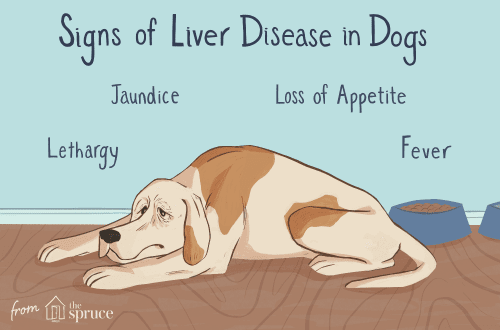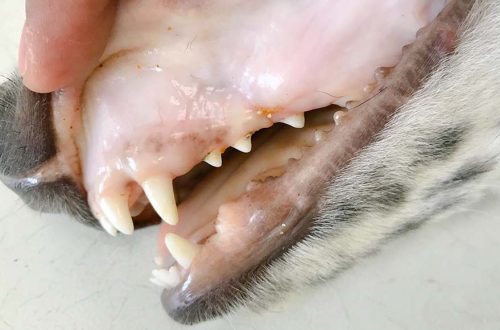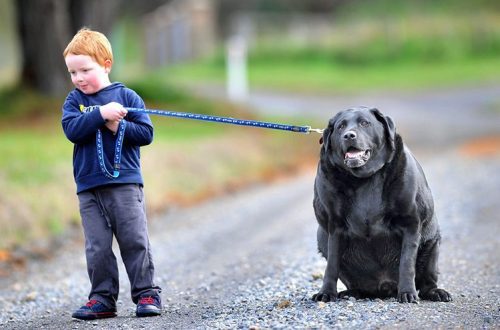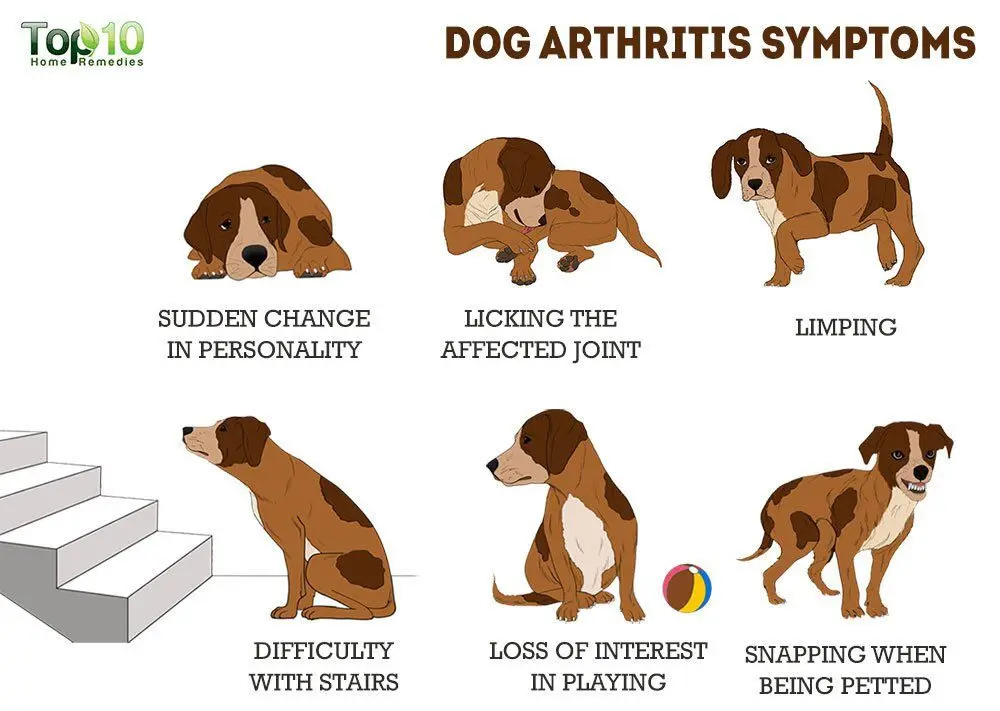
Arthritis amin'ny alika: soritr'aretina sy fitsaboana
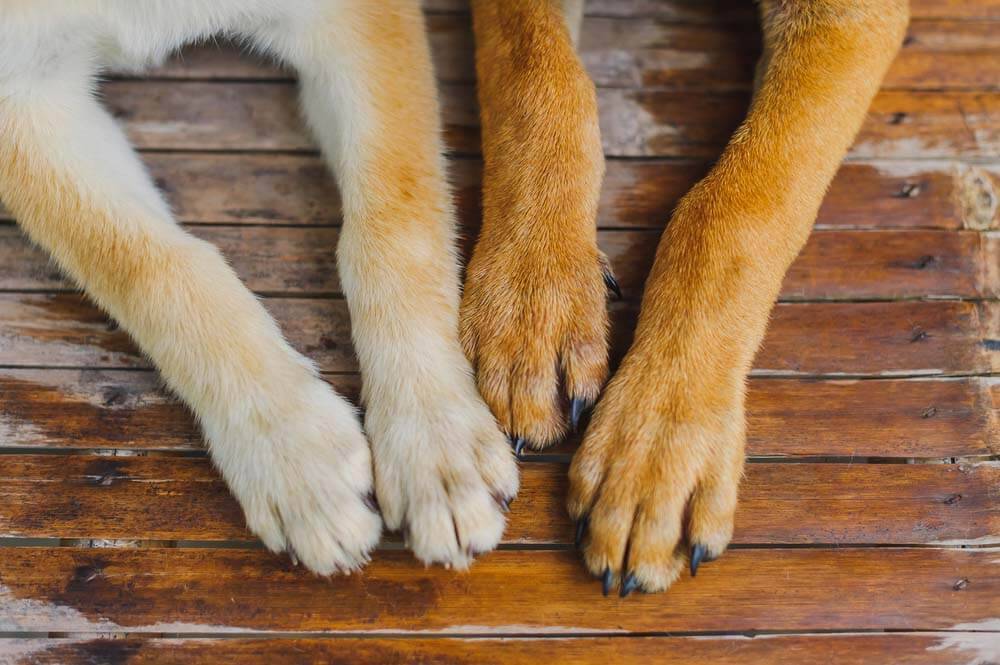
Hevitra ato Anatiny
Karazan'ny arthritis
Most commonly seen in older dogs, this condition can affect the legs, hips, back, and more, making daily movements painful.
Joint problems in dogs can develop from an early age for a variety of reasons. Based on this, there are several types of arthritis.
Rheumatoid arthritis in dogs
It is an autoimmune disease, which means that the body’s immune system attacks the joints and other parts of the body. This provokes inflammation, which can lead to serious damage. This condition is unusual in dogs, occurring mostly in small and “toy” breeds between the ages of two and six. Nova Scotia Retrievers may also be genetically predisposed to developing this type of arthritis.
Rheumatoid arthritis in dogs affects several joints, including the wrists, elbows, shoulders, knees, ankles, feet, and even the jaw and neck. Stiffness that starts in the morning can last for hours or until the end of the day. Other symptoms include fatigue and loss of appetite.
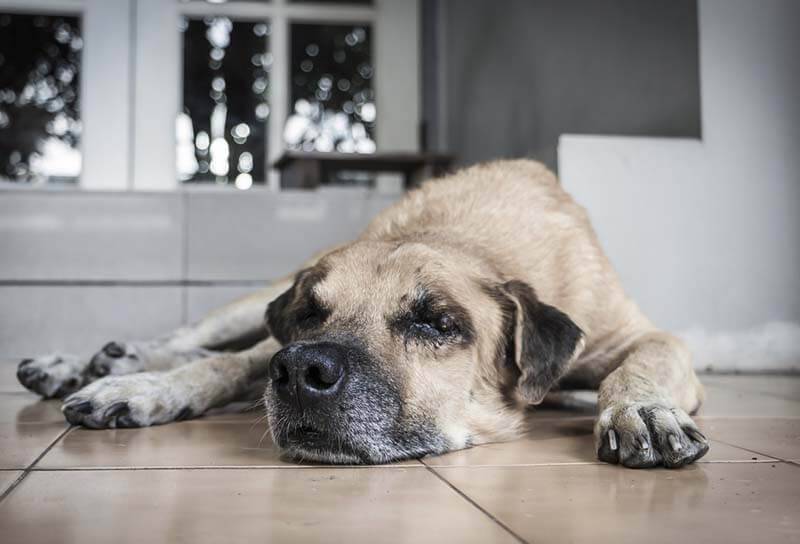
Purulent (infectious)
As the name suggests, this type is caused by an infectious agent such as bacteria or viruses. While the infection can be treated, the damage done is likely to be permanent.
Osteoarthritis (functional) and traumatic
A type of arthritis in dogs associated with wear and tear on a joint. Primary osteoarthritis is the result of inherited anatomical problems that place excessive stress on the joints.
Most dogs develop secondary osteoarthritis, which is caused by damage from vigorous exercise, trauma, excessive jumping, torn ligaments, hip dysplasia, and other accidents.
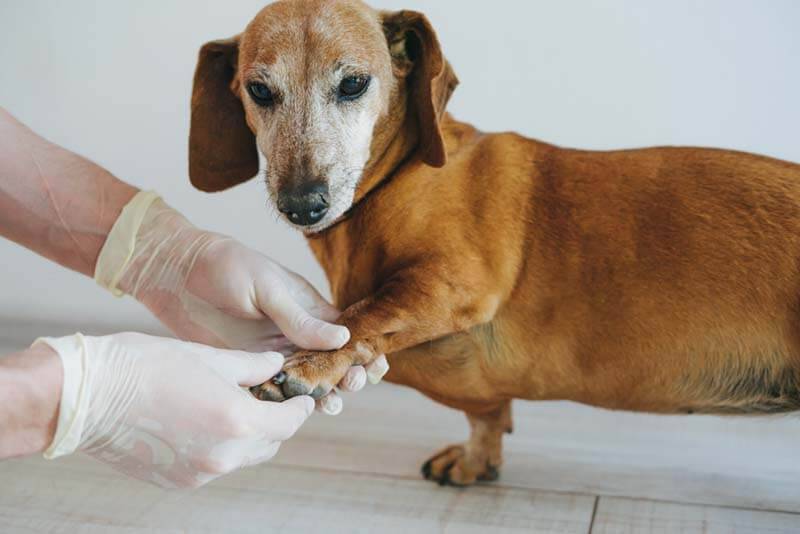
Metabolic (dystrophic)
The formation or excess of uric acid at the cellular level leads to a crystalline formation that causes joint pain. This condition is also known as gout.
Spondylitis and spondylosis
Degenerative diseases of the spine that often accompany arthritis.
Spondylitis can cause bones to grow too much, causing them to join abnormally together, called “bone fusion.” A fusion that affects the bones of the neck, back, or hips can impair movement. Calcium deposits create a bone spur or bridge between the vertebrae.
Spondylosis develops in older dogs as the soft tissues of the spine degenerate and wear down, leading to pain. As a result, herniated discs, degenerative disc disease, and spinal stenosis can develop. Spondylosis usually occurs without outward symptoms, and the condition is often discovered incidentally on x-rays taken for another reason.
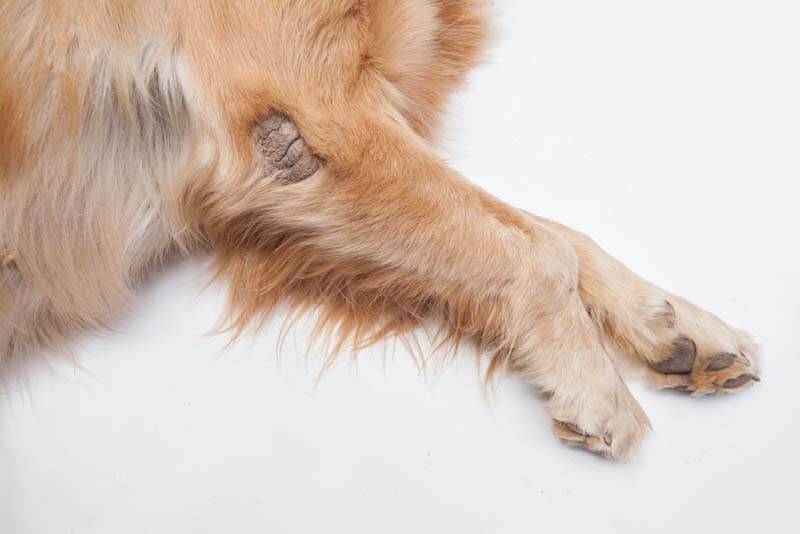
Arthritis causes
Depending on the cause, arthritis in dogs can affect one joint or any number of joints. Most cases develop as a result of abnormal friction in the joint caused by:
Joint instability (for example, after a ligament injury)
Damage or abnormal development of cartilage
Injury caused by trauma (such as a fracture)
Infection in the joint (bacteria, viruses, fungus).
In fact, the causes of arthritis are wide and varied. The good news is that some of them are completely controllable, and in some cases you can even stop the damage before it reaches a critical state and requires treatment. These reasons include age: the older the body becomes, the more its parts wear out, which is why symptoms of arthritis appear more often in older animals.
A fat dog is an unhealthy dog.
Being overweight is another reason. It is necessary to maintain an optimal weight throughout life. And for a dog, unlike people, this is easy, because he will not climb into the refrigerator to eat something delicious at night. The owner controls her diet, and the responsibility for the overweight of the dog is only on him.
Training, sports, and exercise can also trigger arthritis. Of course, sport is life, and dogs need physical activity. But the truth is that excessive exercise is a serious problem, especially if the animals are prone to dysplasia or are injured. For example, if a puppy is sent to agility training before its joints are fully formed, it can lead to cranial joint disease and arthritis. It is also advisable to consider the terrain: walking or running only on concrete or pavement will quickly take a toll on the hips, shoulders and elbows.
Injuries of any nature – in training, in an accident or in a game – can provoke joint problems. So, for example, often dogs living in a house with slippery floors and running on them have regular joint injuries.
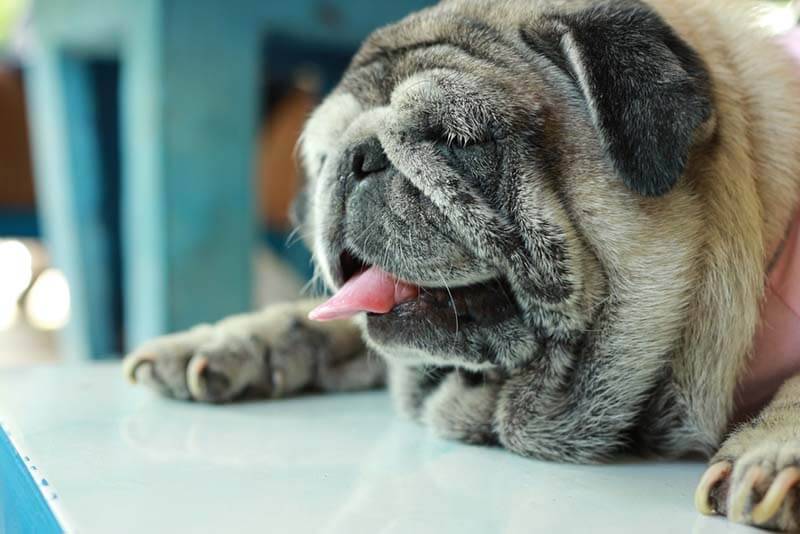
Predisposition ny karazana
There is no direct predisposition of any dog breeds to this disease. However, most often joint disease in dogs occurs in such large breeds as: Labradors, Bernese Mountain Dogs, Rottweilers, Shepherds, Newfoundlands, Great Danes, St. Bernards, Mastiffs. Especially in combination with excess weight or joint dysplasia.
Arthritis Symptoms in Dogs
There are two types of arthritis symptoms in dogs: those we see and those we don’t.
Observed signs of arthritis are simple, although sometimes somewhat vague:
Stiffness in movements
Lameness
The dog gets up slowly
Restlessness and grumpiness
Inability (or refusal) to climb onto a bed or sofa
Startle or cry in pain
Decreased exercise tolerance.
Symptoms that we do not see, such as actual joint damage or cartilage wear, can only be observed with an x-ray. Sometimes palpation by a veterinarian in the right place can reveal inflammation while it is still asymptomatic.

Diagnostika ny aretina
Arthritis is easy to diagnose. An experienced veterinary orthopedist or rehabilitation specialist can tell which joints are suffering from pain and discomfort during routine examination, including their flexion and extension. To properly examine the musculoskeletal system, specialists may suggest further tests (such as x-rays or CT scans) to confirm and localize arthritic changes, and sometimes to determine the underlying causes of joint inflammation in dogs.
Rarely, blood tests may be needed to rule out arthritis related comorbidities.
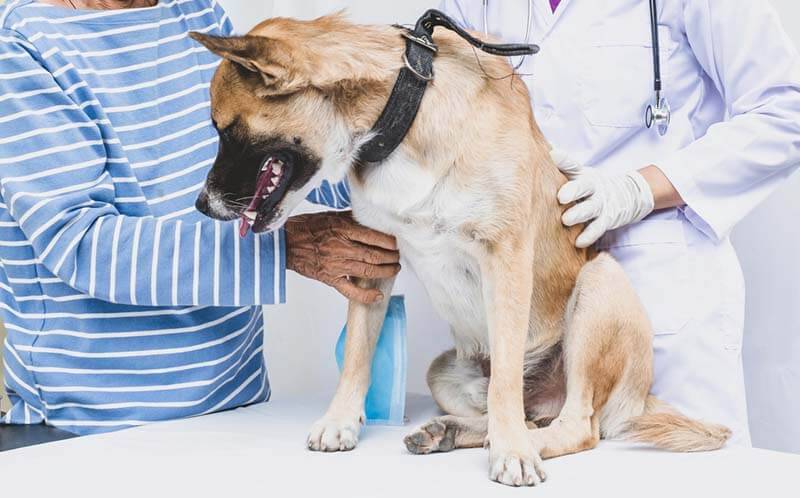
Arthritis Treatment in Dogs
There is no single best protocol for treating dogs with this condition. This is because each dog is different and will therefore require a unique treatment regimen for best results.
Once the cartilage in your dog’s joint(s) has been damaged, it rarely fully recovers. Therefore, treatment and maintenance of the condition is required throughout life so that the animal does not feel pain.
Diet is always paramount, and even more so if your pet has arthritis. Excessive weight puts additional stress on the body and joints. Although exercise for weight control and weight loss can be difficult, especially if your arthritis is severe, you may want to see a rehab specialist to find the right kind of exercise. Additionally, you can pay close attention to the diet.
In addition, you can consider food containing glucosamine or give glucosamine or chondroitin to your pet as supplements. These sulfates are the building blocks of healthy cartilage and seem to stimulate the body to produce more cartilage. Although research on glucosamine and chondroitin is conflicting and there is no definitive evidence base for their effects, some dogs do respond positively to these supplements.
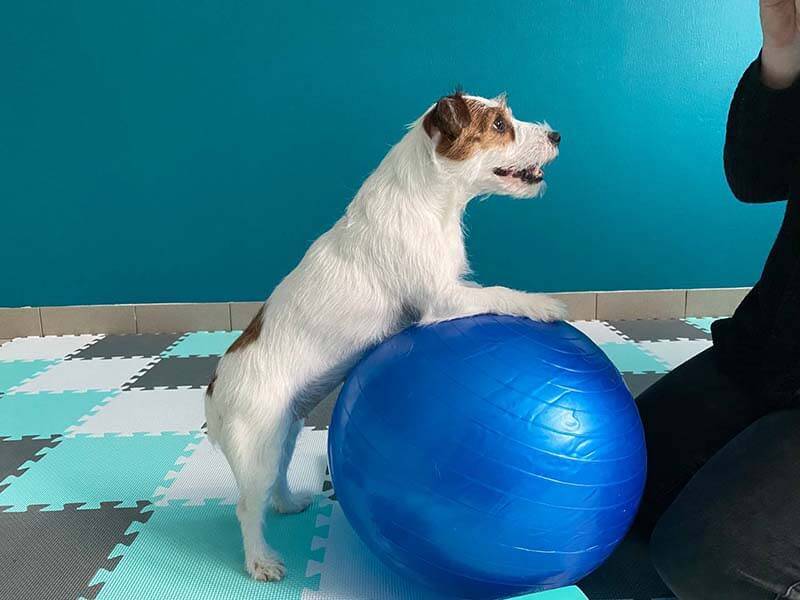
For the treatment of arthritis in dogs, the following drugs are used: non-steroidal anti-inflammatory drugs (NSAIDs), muscle relaxants, and some other analgesic drugs. However, before taking them, it is important to exclude pathologies of the internal organs by passing blood tests, and to be sure that the dog has no contraindications to taking them. Remember that human NSAIDs such as Ibuprofen or Naproxen are toxic drugs for dogs and should never be given to relieve pain.
A treatment option that has gained popularity in recent years is the use of CBD oil (hemp extract) to treat arthritis. CBD is a compound found in cannabis and hemp that some dog owners, as well as humans, find effective in treating a variety of conditions. However, it is worth noting that there is currently no scientific data on the use or benefits of CBD.
Another great way to control arthritis pain is physical therapy.
Physiotherapy is an umbrella term that includes many treatment options, from simple massage to the new laser therapy.
Body massage uses the power of touch to bring about healing. Massage helps with arthritis by increasing blood flow to the affected joints. Increased blood flow leads to an influx of healing compounds and nutrients that can promote joint health. You can massage your dog yourself, but it is highly recommended to consult with a professional. There are various methods, and it is useful to know which one is best for treating arthritis.
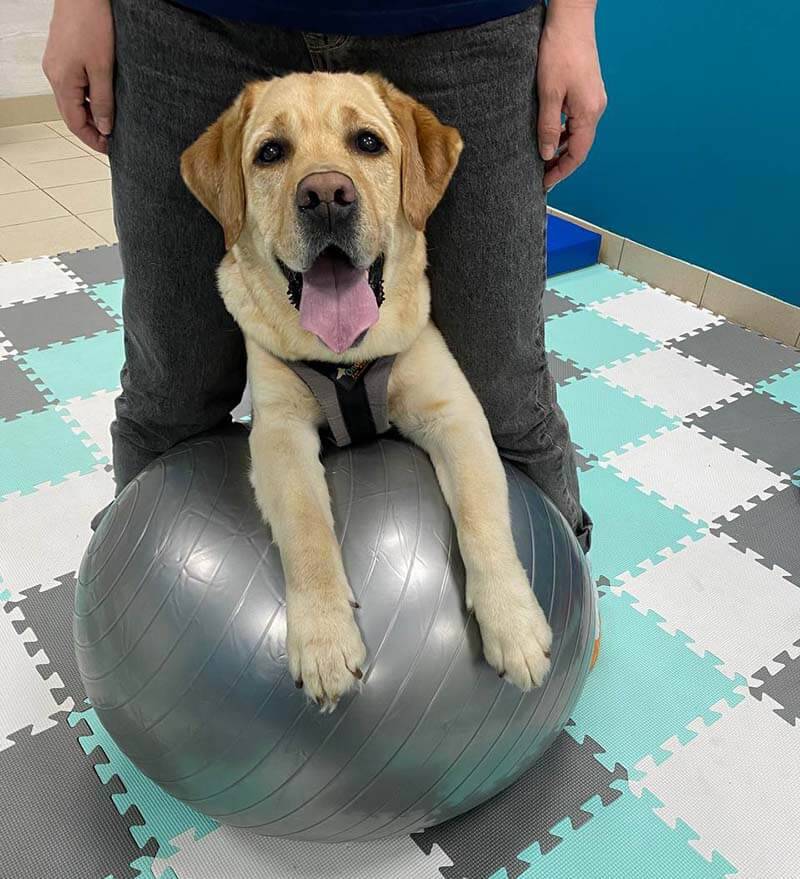
Hydrotherapy is a form of physical rehabilitation that takes place underwater. Water provides higher resistance than air, which helps strengthen the limbs. In some cases, equipment such as an underwater treadmill is used to improve the dog’s mobility and range of motion. Hydrotherapy can be combined with both pharmaceuticals and alternative therapies.
Acupuncture is a form of therapy in which fine needles are inserted into the skin at specific points to help the body heal. This therapy has been practiced on humans for thousands of years, but also holds great promise for the health of dogs. Acupuncture works by causing the release of anti-inflammatory substances like endorphins throughout the body. This comprehensive treatment for arthritis is performed by specially trained holistic veterinarians.
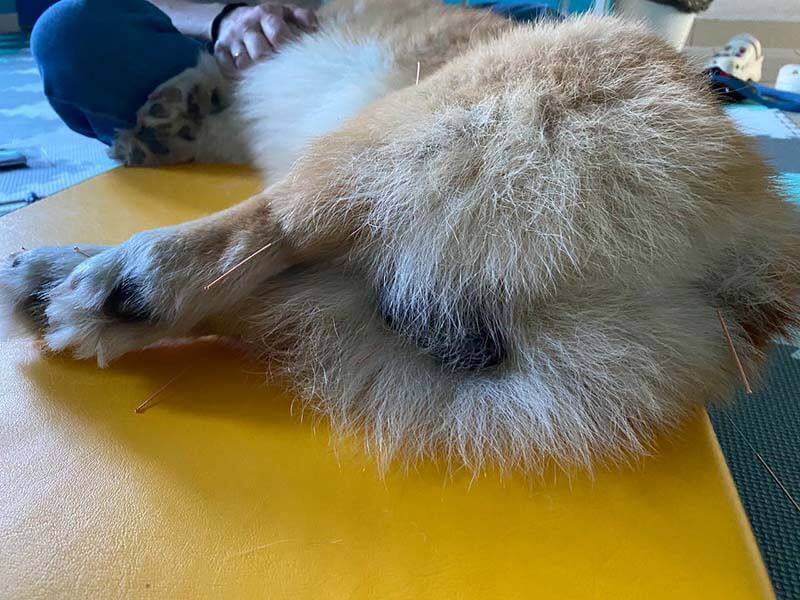
Surgery for arthritis is usually the last resort.
This is because it can be expensive and have a higher risk of side effects. There are several options for surgical treatment of joints in dogs.
Total joint replacement is a surgical treatment for arthritis of the hip in which the entire joint is removed and replaced with a prosthesis. Joint replacement is not cost effective for older dogs. During the procedure, both the ball and the socket are replaced with artificial components. The ball (femoral head) is usually replaced with a metal element and the socket (hip socket) is replaced with a plastic one.
Removal of the femoral head is a surgical treatment for arthritis that involves cutting the head and neck of the femur. After surgery, scar tissue helps stabilize the joint.
Arthrodesis is a more complex treatment option. It refers to a procedure in which two bones at the level of a joint are cut and fused together to form one bone. An orthopedic surgeon removes the cartilage in the joint, cuts off some of the bones, and puts them back together.
Arthroscopy is a popular treatment for arthritis because it is a minimally invasive procedure to keep the joint stable. It also allows the veterinarian to view the articular cartilage up close.
Fikarakarana biby fiompy
There are many little things you can do at home to make life easier for a dog with arthritis.
Ramps or ladders can help your pet get where they need to go without having to jump up or down. This is especially useful for small dogs to be able to climb onto your bed or sofa.
Raised bowls make it easier for larger breeds to eat and drink, but smaller dogs will do better by keeping their necks down while eating.
Harnesses are definitely preferable to regular collars if your dog has arthritis in the neck or front of the body.
Joint braces help to put less pressure on painful joints, and the dog experiences less pain.
Warm sweaters, socks and belts will help the dog to feel better in cold and wet seasons.
Pain-free sleep and the ability to easily stand upright will make an incredible difference in quality of life, and a better quality of life can lead to longer life. Therefore, choose the right bed or even an orthopedic bed for your dog.
Massage and simple daily exercises, which will help choose a rehabilitation specialist for your dog, will play a significant role in improving the quality of life. Indeed, as a result, tense muscles relax, and relaxed muscles hurt less, and joints can also relax.
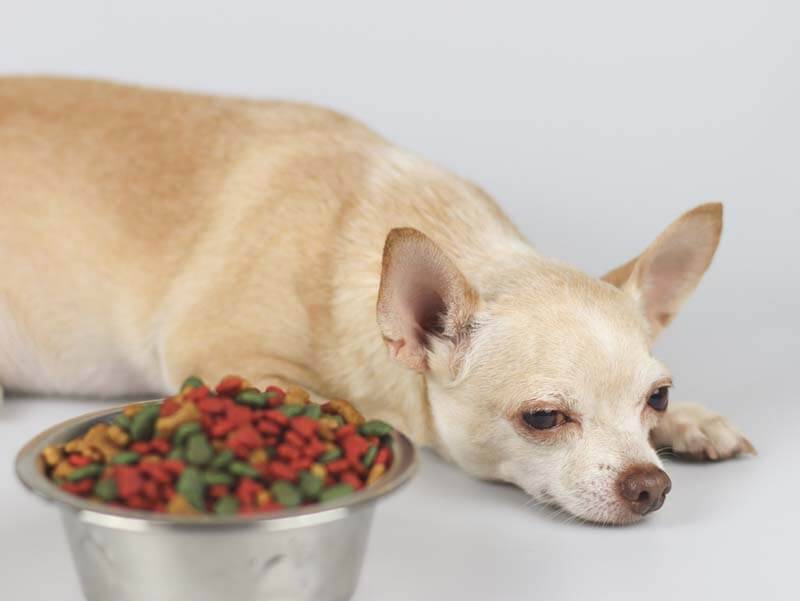
Arthritis Prevention
To prevent inflammation of the joints in dogs from childhood, provide the puppy with a balanced diet and maintain an optimal weight throughout life.
Keep track of physical activity, in sports dogs, conduct training under the supervision of an experienced trainer.
Provide a proper sleeping area and safe movement at home, slippery floors harm the dog.
Get regular medical checkups, especially for pets over 7 years old, and don’t forget to keep parasite treatments and vaccinations up to date.
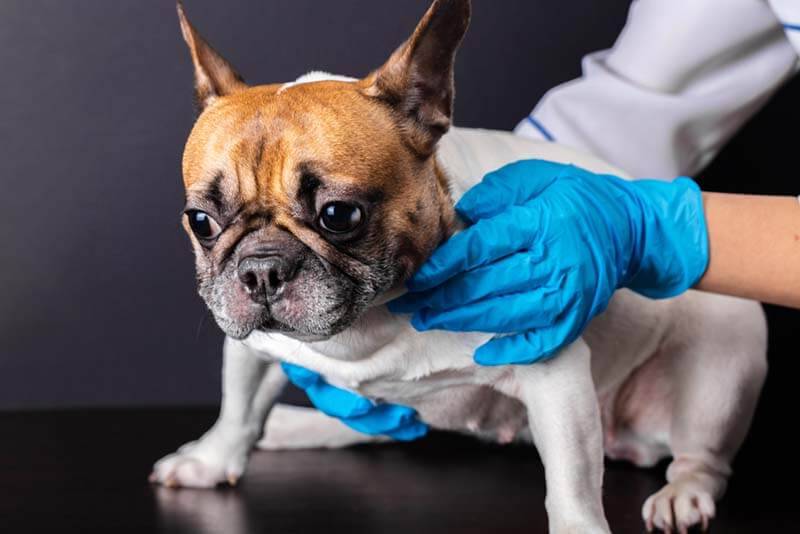
Home
Arthritis is inflammation and degeneration of the joint and surrounding tissues. It is a natural process of life and often the result of trauma.
There are two types of arthritis – primary and secondary. Arthritis as a secondary diagnosis means that there is some other primary problem and it is either an adjunct to or a result of that problem.
There are many options available to treat arthritis in dogs, both medicinal and physical: painkillers, massage, swimming, diets.
Start by making lifestyle changes and then adding rehabilitation techniques, which can be the first step towards a new life for your arthritic dog.
The main rules of prevention are maintaining a normal body weight and moderate physical activity for the dog throughout his life.
Valiny amin'ireo fanontaniana matetika
Sources:
BockstahlerBarbara, MillisDarryl, Levine David, Essential Facts about Dog and Cat Physiotherapy (+DVD), 2017
J.-P. Hurdebeit, S. Seymour “Massage for dogs, a practical guide”, 2017
Denny, Butterwoof: Canine and Feline Orthopedics, 2007
Mortellaro C.M., Petazzoni M., Vezzoni A., Canine Orthopedics. Woah atlas. Diagnostic approach based on breed predisposition, 2017





